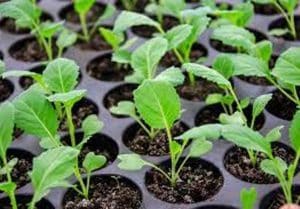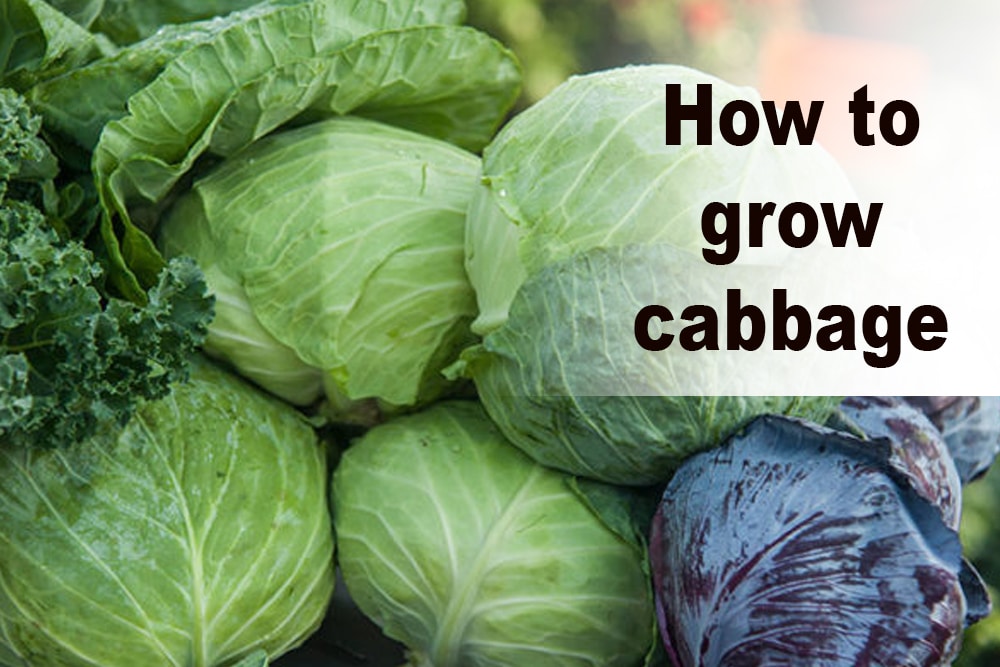How to grow cabbage
Cabbage is a cool season crop which takes 4-6 months to mature depending on variety. It does well at
altitude of 700-2000 MASL with optimum temperature of about 15-21°c is considered good for growth and head formation. Temperature of about 25-30°c is best for seed germination and this crop is mainly grown as rabi crop during winter. The ideal soil pH is 6.0-6.5. and here we will discover how to grow cabbages in your farm or garden
Cabbage farming is gaining popularity due to domestic demand occasioned by its nutritional and economical purpose and value. Cabbage is a good source of nutrients, Vitamin A, C, E, K, minerals such as potassium, calcium, iron, magnesium and antioxidants. It can be boiled, steamed or eaten raw. Cabbage makes part of the meals in homes and institution all over the world. Its consumption rate has gone high hence the pressure on farmers to increase their yields. With the improved varieties in the market and proper farm practices, the production is bound to increase and income for farmers improved. The by- products can be used as animal feeds. The popular vegetable also helps improve digestion, keep heart healthy, lower blood pressure and cholesterol levels.
Subsequently, it is economically viable as it is not capital and labor intensive with a potential yield of 10000-15000 heads per acre or 20tons per acre. The seed rate is 120g per acre. Cabbage can grow from seeds or seedlings. Do a soil test before planting, choose best certified variety from registered agro dealers which helps farmers make an informed choice as concerns maturity period, tolerance and resistance to pest and diseases, adaptability, yield potential, consumer preference etc.
How to prepare a cabbage seedbed
Prepare a seedbed with fine soil, mixed with quality compost. Cabbage prefer raised beds for root development and proper drainage. Make furrow ridges and plant seedling 15cm deep, 50cm by 50cm or 70cm by 70cm (for large variety). Apply organic matter or fertilizer at planting and top dressing every six weeks after planting. Water by irrigation and weed for 4-6 weeks then transplant the seedlings having developed three leaves and a 3 inches height. Wet the seedlings 2-3 days before transplant.
What conditions are needed to grow cabbage
Cabbages is amongst the class of vegetables that needs at least 6 hours or more of full sun each day. This coupled with well drained fertile soils will help in giving the plant enough nutrient for growth and it also discourages clubroot disease.
How to transplant cabbages
Cabbage prefers soil with clay content, well aerated, rich in organic matter and high, water retention capacity. Before transplant, plough and harrow land thoroughly to remove weeds and hard pans. Thereafter loosen soil and mix with quality organic matter (10-20tons per acre). Heap soil around plant to improve growth. Provide sufficient water through irrigation to ensure steady supply. Inadequate water supply induces water stress hence aphid infestation. Monitor for pests and diseases. Remove weeds from the early stages of crop growth to avoid water, nutrients and light competition with the crop.
What is the best month to plant cabbage?

When to harvest cabbage and how to harvest cabbages
Cabbage head matures in 3 months depending on the variety. The head becomes firm and is ready for
harvest. This should be done before the head cracks or splits. Avoid head bruising as this encourages
rotting. Remove the diseased and damaged heads. Grade according to size. Pack in clean well- ventilated
crates or containers. Transport in covered vehicles/lorries.

